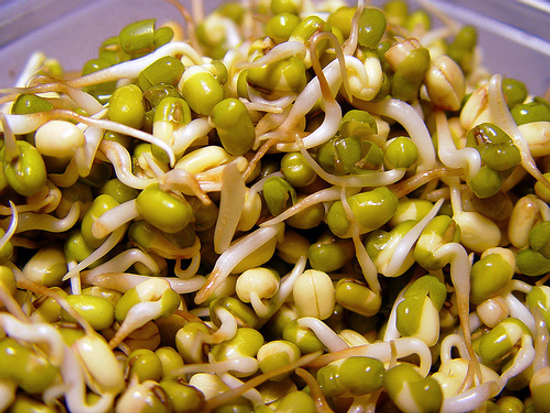Not to mention that these things are extremely nourishing and flavorful!
It is because of this that I bring you all my latest find...thanks to the wonderful Food Renegade....it is a website called Cultures for Health and it has all the supplies you need for making your own food in traditional ways. Stop ripping open plastic bags of chips and heating up TV dinners. Learn how to make eating more than just a need...make it FUN, FULFILLING, and most of all, NOURISHING!
I'd love to hear how your efforts are going so please do leave notes a
 nd tips. Also Cultures for Health and Food Renegade have joined efforts and are giving away a stackable sprout garden. Just visit this LINK and enter the contest. It's a fun new way to start your traditional food endeavors!
nd tips. Also Cultures for Health and Food Renegade have joined efforts and are giving away a stackable sprout garden. Just visit this LINK and enter the contest. It's a fun new way to start your traditional food endeavors!If you need further convincing here are some reasons that eating traditional foods such as sprouted grains, fermented vegetables, kefir and more are more healthful and healing:
when comparing sprouted wheat to unsprouted wheat on a calorie-per-calorie basis, the sprouted wheat contains:
1. four times the amount of niacin
2. nearly twice the amount of vitamin B6 and folate
3. five times the amount of vitamin C
4. significantly more protein and fewer starches and sugars
Kefir has many reputed health benefits. It has antibiotic and antifungal properties. It's been used in the treatment of a variety of conditions, including metabolic disorders, atherosclerosis, and allergies, tuberculosis, cancer, poor digestion, candidiasis, osteoporosis, hypertension, HIV and heart disease. You might find it odd that that a drink containing yeasts would be good for treating candidiasis but it has been helpful to many people, both by restoring a better balance to the gut flora and because some elements of the microflora will kill off Candida Albicans. Not all yeasts are harmful.
In addition to beneficial bacteria and yeast, kefir contains many vitamins, minerals, amino acids and enzymes. Particularly calcium, phosphorus, magnesium, B2 and B12, vitamin K, vitamin A and vitamin D. Tryptophan, one of the essential amino acids abundant in kefir, is well known for its relaxing effect on the nervous system. Because kefir also has an abundance of calcium and magnesium, also important minerals for a healthy nervous system, kefir in the diet can have a particularly calming effect on the nerves.

